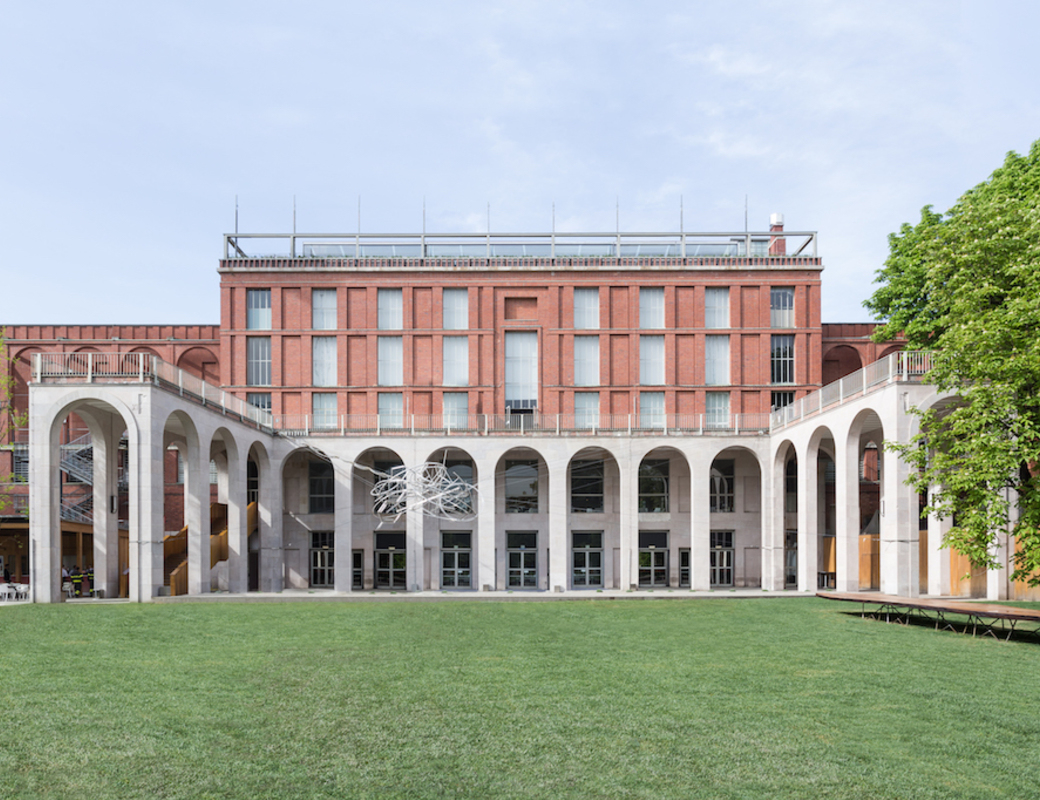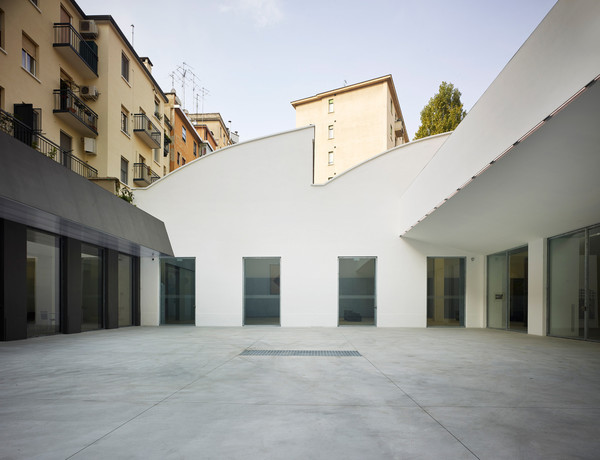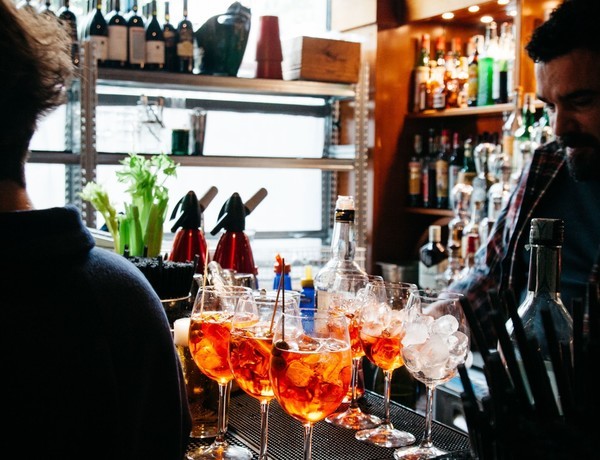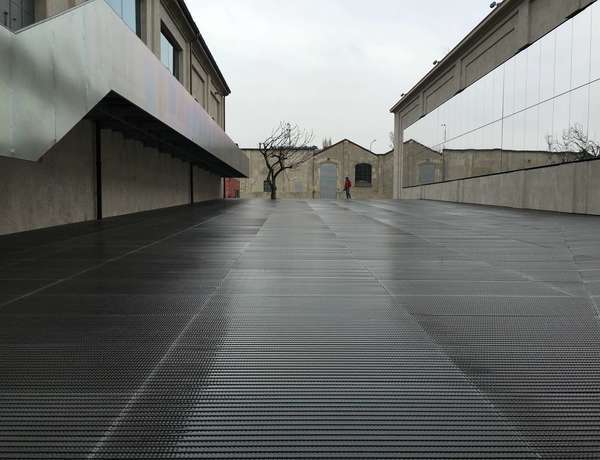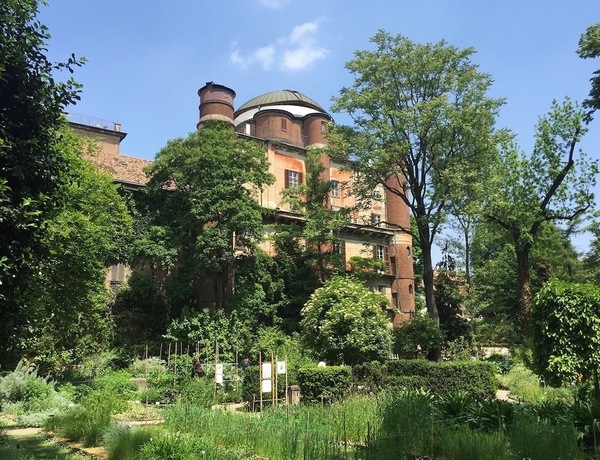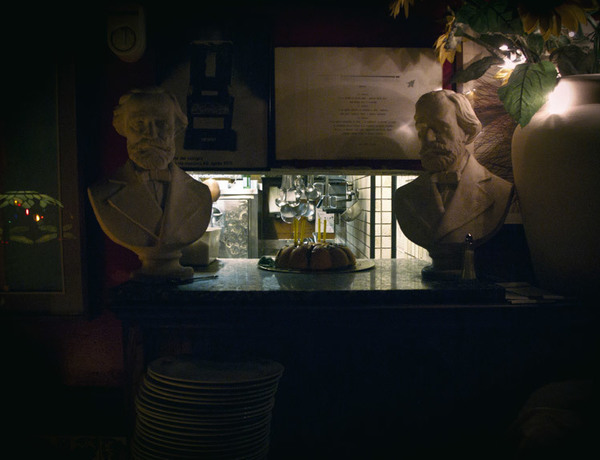“I believe we are at a time in society where open and honest communication is not only necessary, but revolutionary. When governments and political systems are no longer a reference point for progress, we look to other places, such as creative institutions, to facilitate that dialogue. Our aim is to change the definition of what it is to be a cultural centre; the Triennale will be a place of reflection and debate, connected with the contemporary culture in a dynamic way that offers new point of view on topics that lie at the very core of our global society.” Stefano Boeri, President, 2018

DOMENICO DE CHIRICO:
ITALY, INDEPENDENT CURATOR.
Domenico de Chirico is an independent curator from Italy. Born in Bari in 1983, he lives and works in Milan. From 2011 until 2015 he was a professor in “Visual Culture” and “Trend Research” at Milan’s European Institute of Design (IED). He collaborates with a number of international artists, galleries, institutions, art fairs, art prizes, and magazines worldwide. He has been artistic director at DAMA Fair, Turin since 2016. He was also a visiting tutor at Goldsmiths, University of London (2018). Upcoming exhibitions and researches (2019/20): Accademia di belle arti di Urbino, academy of fine arts located in Urbino, Marche, Italy (guest lecturer); Bienvenue Art Fair, Paris (prize jury member); Fotopub Festival, Novo Mesto, Slovenia (guest lecturer). Exhibitions in various venues and cities, among which: Turin, Milan, Berlin, Munich, Lisbon, Miami, Brescia, Istanbul, Florence, Venice, Rome, Prague, Mallorca, and so forth.
